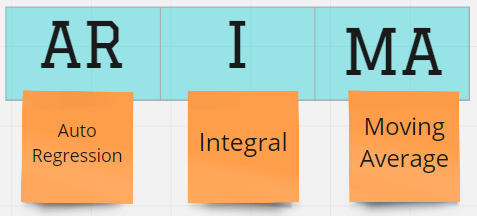What is ARIMA?
ARIMA models are one of the most classic and most widely used statistical forecasting techniques when dealing with univariate time series. It basically uses the lag values and lagged forecast errors to predict the feature values.

Full form of ARIMA (Image created by Pratik Gandhi)
- **AR: **using the_ lags_ of previous values
- **I: **non-stationary differencing
- **MA: **_moving average_for the error term
Some of these terms are very commonly used when working with time-series data. ARIMA models can fit accurately if we deeply understand these terms or components of the data. Following are the few of them:
Trend:
Data is considered to have a _trend _when there is an increase or decrease direction in the data. E.g. increase of airline passengers during summer, reduction in a number of customers during weekdays, etc.

https://www.sellbrite.com/blog/ecommerce-trends-2020/
Seasonality:
Data is considered to have a seasonal pattern if the data is influenced by external factors. For instance, growth and fall of leaves are driven by the weather/season of mother nature.
#statistics #arima #editor-picks #timeseries #data-science #test